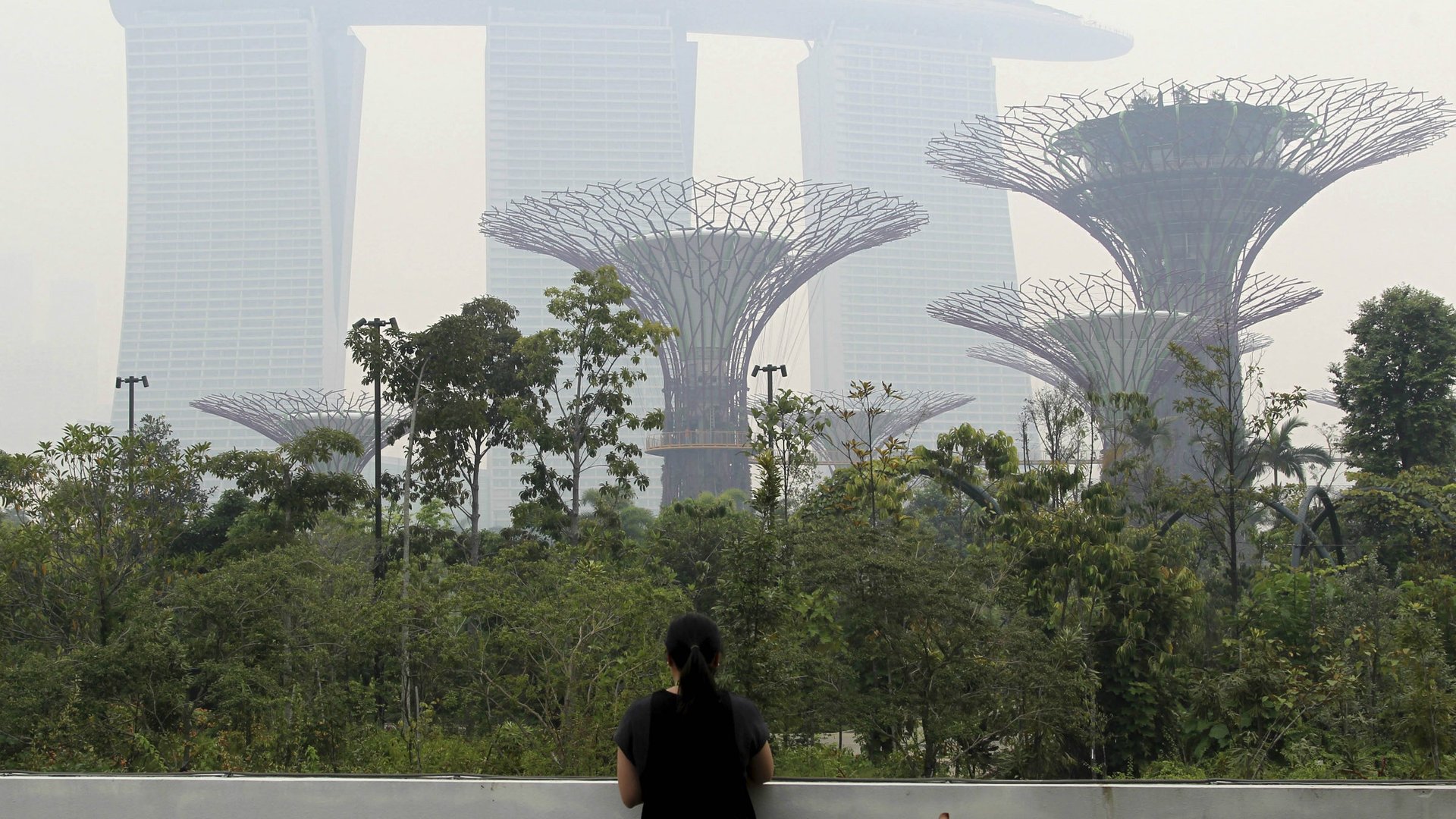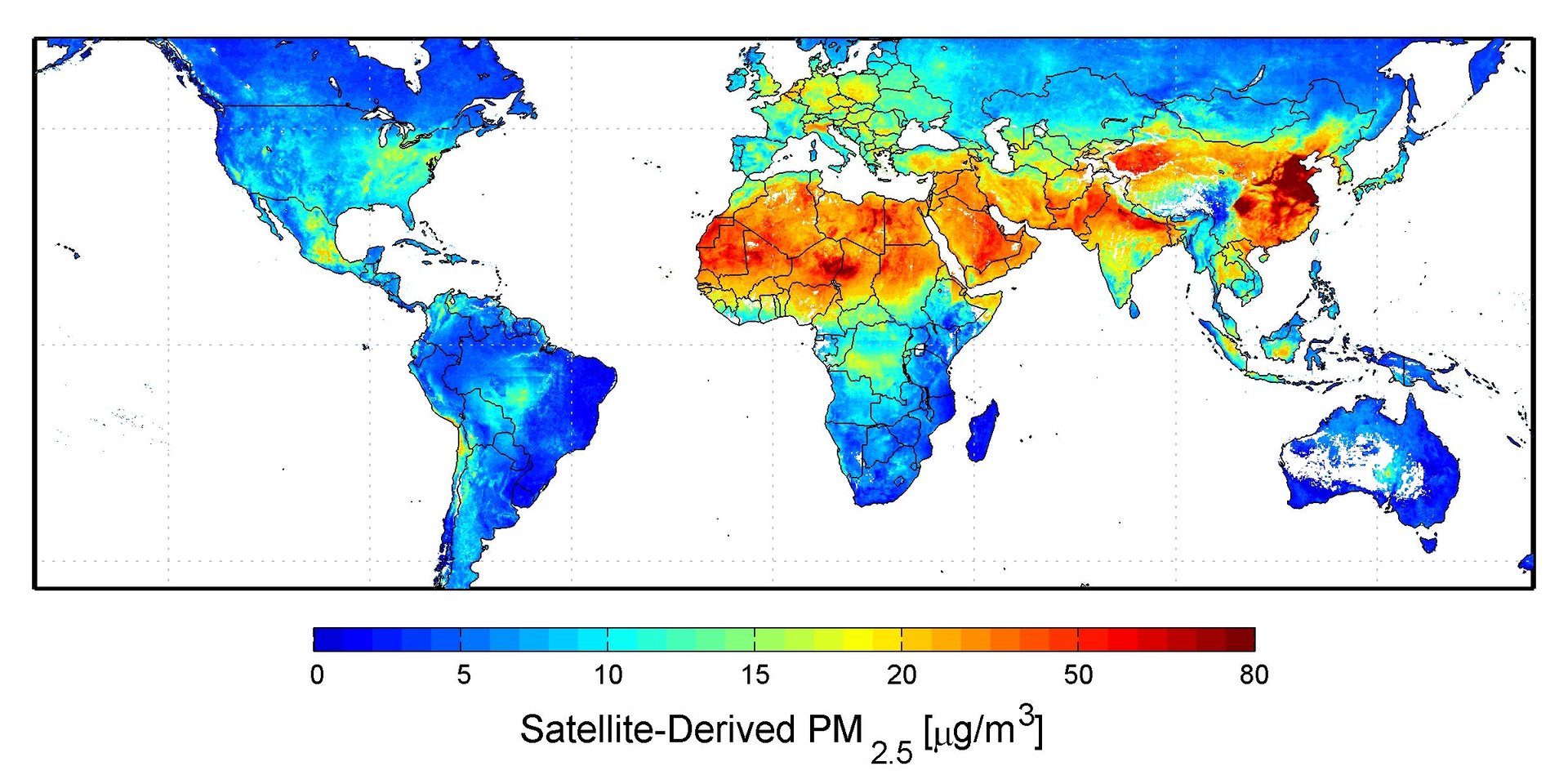Singapore is choking on smoke and pointing the finger at Indonesia, which is pointing right back
Air quality hit a 16-year low in Singapore this week, prompting residents to hide indoors with a stash of eye drops and face-masks. Malaysia is similarly affected, but the main cause lies to the southwest, on the Indonesian island of Sumatra, where farmers are stoking roaring blazes to clear their fields.


Air quality hit a 16-year low in Singapore this week, prompting residents to hide indoors with a stash of eye drops and face-masks. Malaysia is similarly affected, but the main cause lies to the southwest, on the Indonesian island of Sumatra, where farmers are stoking roaring blazes to clear their fields.
Singapore has piled political pressure on the Indonesian government to tackle the problem, but the response has been mixed. Indonesia reassured Singapore and Malaysia that it would crack down on illegal burning, which has been detected in as many as 187 hotspots in Sumatra. But an Indonesian forestry official also blamed Singaporean and Malaysian palm oil companies operating in Indonesia, saying they “may be responsible for starting the fires.”
Airborne pollution knows no borders; particles originating in East Asia have even reached the US state of Oregon. This NASA map gives a good idea of the global spread. It measures air particles bigger than 2.5 micrometers, known as PM2.5, between 2001 and 2006.

Air pollution is obviously a threat to health, but it’s also expensive. In 1997, when Singapore’s air pollution levels were last as bad as they are this week, the economic cost among the three affected countries was estimated to be $3.5 billion. A study published last year by the Massachusetts Institute of Technology found that pollution in China cost the country $112 billion in 2005. As Asia’s air quality continues to worsen, so will the cost.